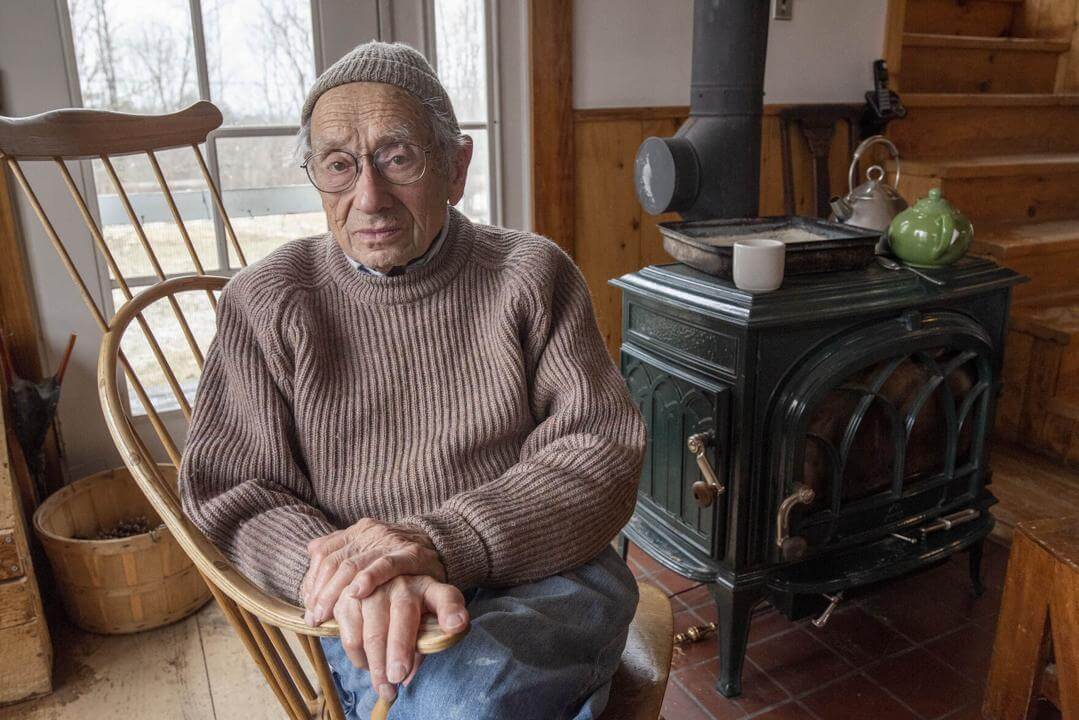After 70 Years, ‘The Jewess’ Captivates Once Again
It is thrilling to see artists taking risks, and even more thrilling when they succeed. The Metropolitan Opera is succeeding brilliantly this season with its breathtaking new production of Fromental Halévy’s “La Juive” (“The Jewess”), the first time this legendary and singular 1835 French grand opera is being heard in New York in almost 70 years. “La Juive” is such a huge triumph for the Met that one can even ignore the grade-school-level set, the inept and inapt direction and the mindlessly stodgy costumes.
One can hardly imagine a stranger subject for 19th-century grand opera than repression of the Jews. “La Juive” is an opera one reads about in the history books, and curiosity led many — including yours truly — to attend, fully expecting a quaint, hoary showcase for vocal pyrotechnics. Indeed the Met’s cast was spectacular. In particular, two should be singled out for the amazing risks they take in this opera: Neil Shicoff and Ferruccio Furlanetto. “La Juive” is a career-making achievement for these two beautifully matched singer/actors, whose characters represent opposite sides of the Jewish-Christian divide and goad each other on to ever-greater heights and depths. But although the vocal fireworks did not disappoint, it is the opera itself that is most impressive: This is vivid musical theater, with a fascinating and shocking story. Without mincing words, Halévy’s “La Juive” turns out to be a great opera that, with the right cast, deserves to be performed often.
It’s not that the opera lacked defenders in the past. Gustav Mahler called it an amazing work, and conducted it often. Even the vicious antisemite Richard Wagner was overwhelmed by “La Juive” and remained a lifelong advocate both for this opera and its composer. Éléazar was the last role Enrico Caruso took on, and it was perhaps one of his greatest triumphs. Nevertheless, the opera went into near-total eclipse with the rise of Nazism, and the Holocaust made the subject matter far too raw.
Set around the Catholic Church’s Council of Constance in 1414, the libretto by Eugène Scribe originally set out to dramatize the martyrdom of Jan Hus, who was burned at the stake for objecting to the church’s erosion of the boundaries between religion and state government and its assertion of a divine origin to the papacy. But then Scribe had the stroke of genius to transmute the church controversy into a Jew-versus-Christian story. In the final act, the Jews are thrown into a cauldron of boiling oil.
But these Jews choose this fate as an audacious protest against discrimination and the convert-or-die church policies. Yes, of course “La Juive” has many of the coincidences and plot devices for which grand opera is notorious. But it is all the more fascinating because it takes risks playing with stereotypes: the crafty, avaricious, vengeful Jewish goldsmith whose every action is suspect of darker motives, the love-starved Jewish girl who bewitches men with her looks but whose life is controlled by them, the milk-of-human-kindness cardinal who spouts love, forgiveness and redemption but wields the weapons of the state, and so on. But it takes these slack and offensive stereotypes and pushes each one so incredibly far that it comes out the other side and takes on a deeper, larger resonance. The Jewish girl tossed into the boiling oil, you see, turns out to have been the beloved lost daughter the cardinal had never known.
As both a composer and as a Jew, I found myself following conflicting thought paths throughout the work. It was a bit like looking through two different lenses at the same time, each in sharp focus. The whole experience was riveting. The music has nothing specifically Jewish about it, even in the Passover Seder scene. The only exception is Éléazar’s big solo in Act Four, and Halévy’s artful restraint is one reason why Shicoff was able to bring the house down in that scene.
Halévy was born to Jewish intellectual parents, a scant four years after the emancipation of the Jews in the French Revolution. He was a good composer, but not a musical genius like his contemporary, Hector Berlioz (whose 1836 “Benvenuto Cellini” will at last receive its first Met production next month). Though not blazingly original, Halévy’s music is filled with appealing melodies and surprising turns of phrase and orchestration. But much more important, there’s a minimum of self-indulgence, and nearly everything in this extravagant and beautifully conceived score is at the service of moving the story forward.
It’s obvious the design team had to work within an extremely reduced budget. But even so, on its own terms the set gets in the way more often than it illuminates. It screams for attention without communicating anything other than how strong the singers’ ankles must be. Perhaps the tacky and 10-times-too-big chandelier best represents what’s wrong here: It just hangs there to no purpose other than to look like a huge suspended crystal version of Monty Python’s blancmange. The set, costumes and lighting reduce what should be an extremely colorful opera to just two shades, black and white: Jews black, Christians white, except for the cardinal, who gets to wear red. But then why not have Éléazar wear a traditional white Passover robe in the act of the Seder, so it would be even more dramatic when the princess interrupts with jewelry business and they have to hide more than just the Afikoman? Throughout, the director, Günter Krämer, has ignored actions explicit in the text and added extraneous stage business.
But why quibble at directorial lapses when the cast is so convincing? Shicoff is haunted in the role of Éléazar. Before the opera begins, he has seen his two sons burned at the stake. From the opening, he is visibly consumed by thoughts of revenge. Shicoff plays him stooped-over, which is a very difficult position for singing. But he showed no sense of strain or lack of vocal power even in the most difficult passages. In fact, he has so internalized the role that onstage he uses the prayer shawl and phylacteries of his own father, the world-famous cantor, Sidney Shicoff.
In his role as Cardinal Brogni, Furlanetto — who is alternately a protector, nemesis, judge and victim — incisively humanizes this complex role’s extreme range of emotions. The two contrasting female characters, Princess Eudoxie (Elizabeth Futral) and Rachel (the Jewess of the title, played by the Finnish singer Soile Isokoski), are both terrific despite being undercut by their costumes. The weak link in the opera is the role of Prince Léopold (Eric Cutler), who is married but pretends to be single and Jewish in order to woo Rachel. This is a difficult role to pull off. It requires an irrational and irresistible animal magnetism to explain why women go crazy for this despicable character. Cutler has a quality voice when not pushed hard, and is also appropriately handsome. His physical presence could have been used to intimidate, but the director sabotages the character as a testosterone-deprived cipher. Conductor Marcello Viotti and the superb Met Orchestra followed the singers’ every liberty with aplomb.
Raphael Mostel is a composer based in New York.

I hope you appreciated this article. Before you go, I’d like to ask you to please support the Forward’s award-winning, nonprofit journalism during this critical time.
Now more than ever, American Jews need independent news they can trust, with reporting driven by truth, not ideology. We serve you, not any ideological agenda.
At a time when other newsrooms are closing or cutting back, the Forward has removed its paywall and invested additional resources to report on the ground from Israel and around the U.S. on the impact of the war, rising antisemitism and the protests on college campuses.
Readers like you make it all possible. Support our work by becoming a Forward Member and connect with our journalism and your community.
Make a gift of any size and become a Forward member today. You’ll support our mission to tell the American Jewish story fully and fairly.
— Rachel Fishman Feddersen, Publisher and CEO
Join our mission to tell the Jewish story fully and fairly.
























